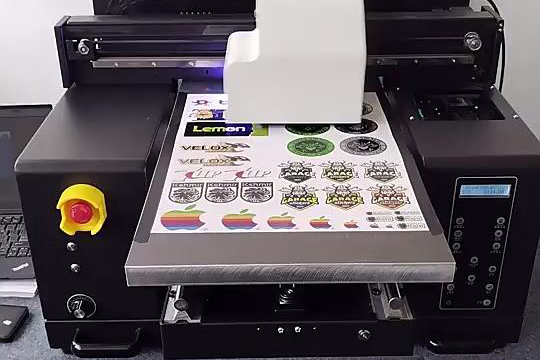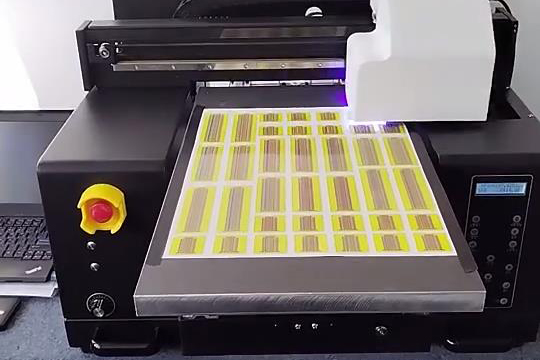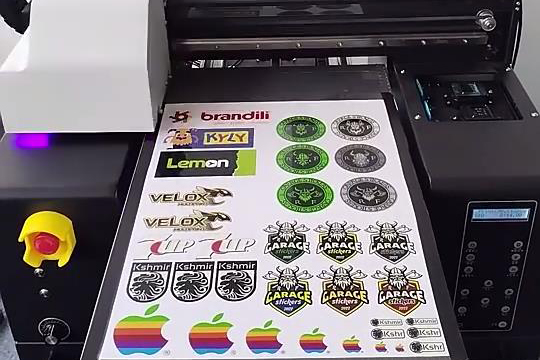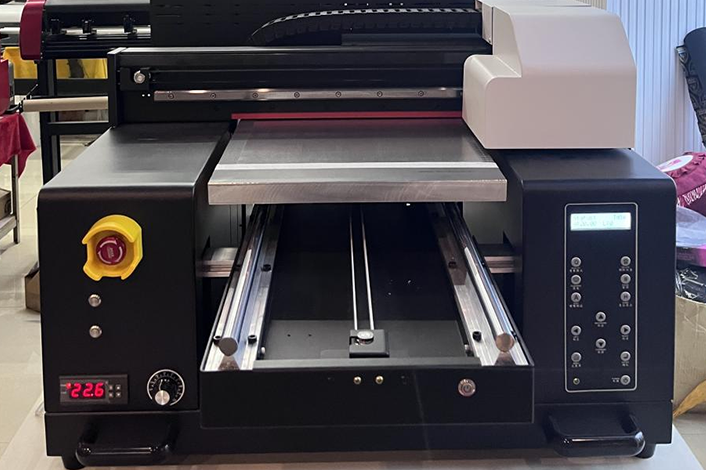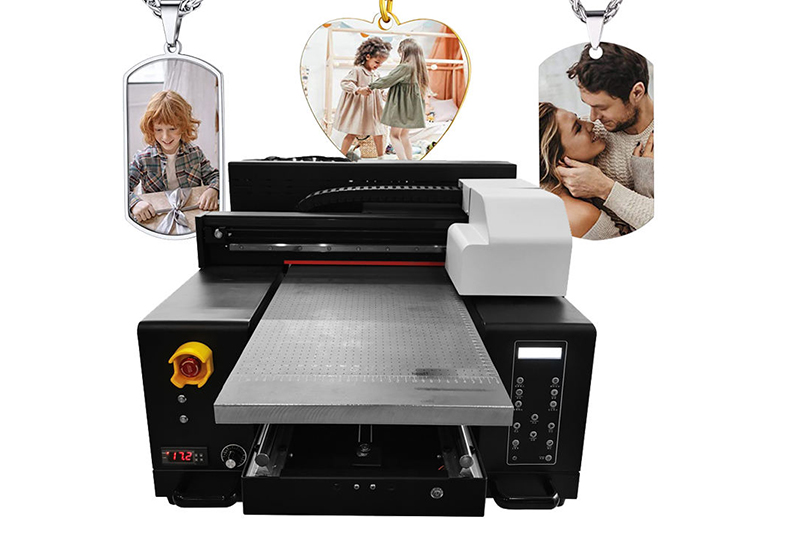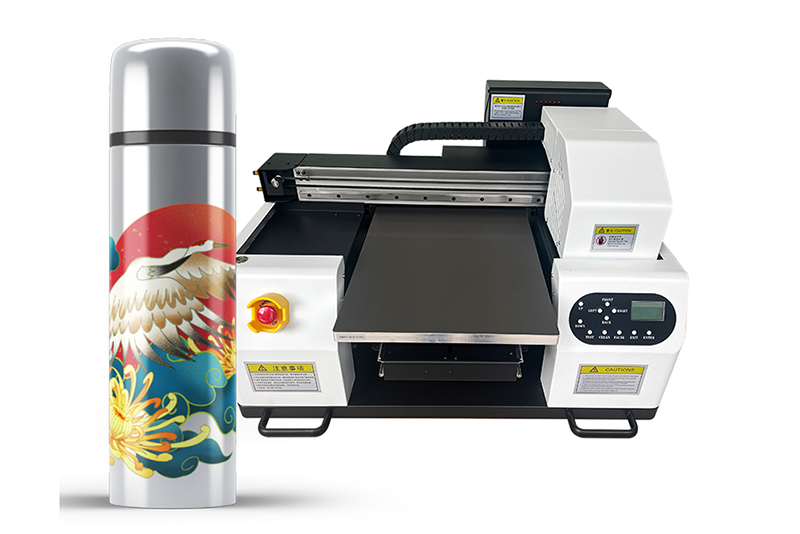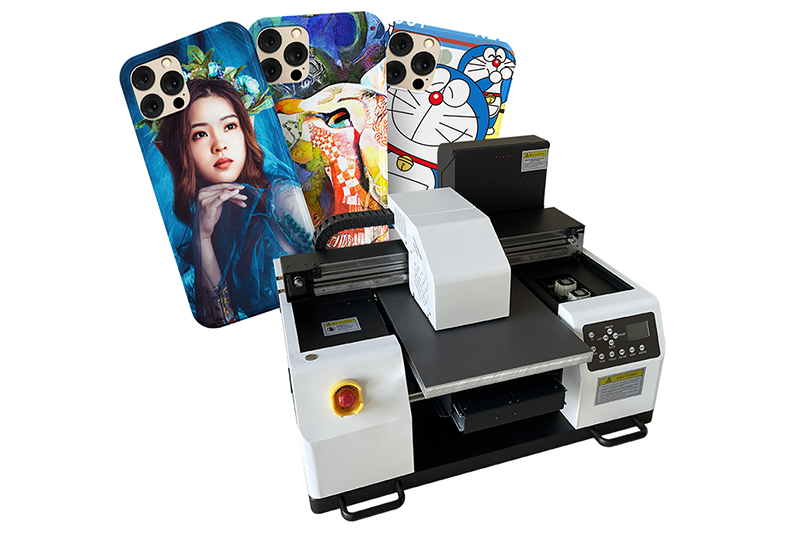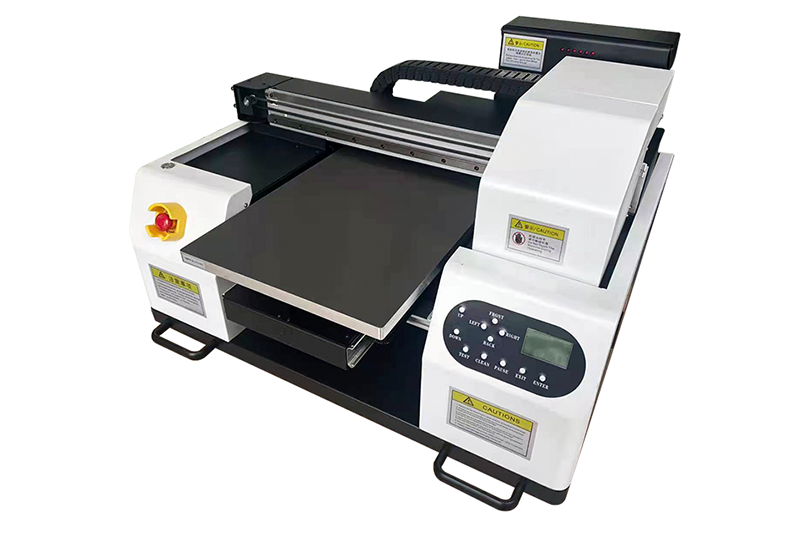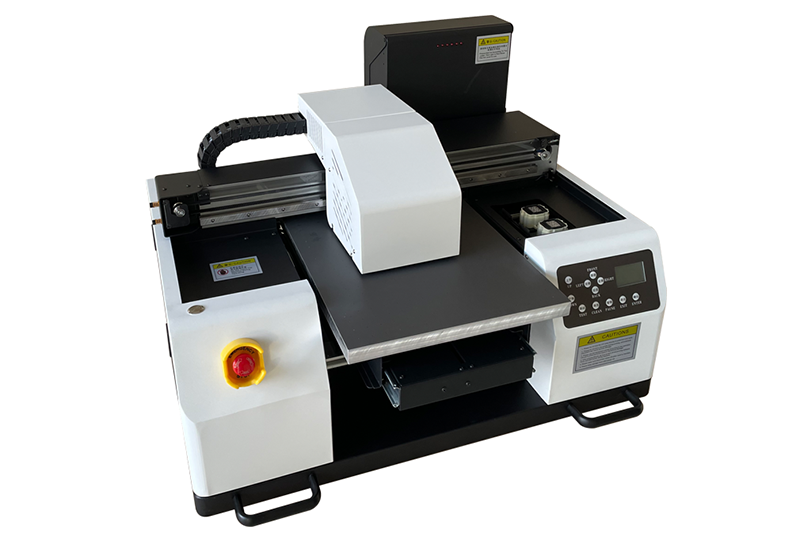The realm of digital printing has witnessed a surge in innovation, and direct-to-film (DTF) printing has emerged as a groundbreaking technique that revolutionizes the way garments and fabrics are adorned with vibrant designs. This technology has gained immense popularity among businesses and individuals alike, owing to its versatility, user-friendliness, and ability to produce high-quality prints. At the heart of this remarkable printing process lies the 2 Head DTF Printer, a sophisticated machine that orchestrates the intricate steps of DTF printing with precision and efficiency.

Delving into the Core Principles of DTF Printing
To fully grasp the operation of a 2 Head DTF Printer, it is essential to understand the fundamental principles underpinning the DTF printing process. This involves a series of carefully choreographed steps that transform digital designs into tangible prints on various fabrics.
1.Digital Design Creation:The journey begins with the creation of a digital design using graphic design software. This design can encompass intricate patterns, vibrant colors, or eye-catching text.
2.Pretreatment of Fabric:Prior to printing, the fabric intended for embellishment undergoes a crucial step known as pre-treatment. This involves applying a specialized solution to the fabric, which enhances the adhesion of the DTF ink, ensuring vibrant and long-lasting prints.
3.Printing the Design onto Film:The 2 Head DTF Printer takes center stage, utilizing its advanced printheads to deposit DTF ink directly onto a transparent film. These printheads, equipped with cutting-edge technology, precisely control the placement of ink droplets to replicate the digital design with utmost accuracy.
4.Curing the Ink:Once the design is printed onto the film, it undergoes a curing process to solidify the ink and ensure its durability. This is typically achieved by exposing the film to heat, triggering a chemical reaction that transforms the ink into a resilient and flexible layer.
5.Transferring the Design onto Fabric:The final step involves transferring the printed design from the film onto the fabric. This is accomplished using a heat press, which applies heat and pressure to bond the design permanently with the fabric. The result is a vibrant, long-lasting print that retains its integrity even after multiple washes.
Unveiling the Advantages of 2 Head DTF Printers
The 2 Head DTF Printer stands out as a remarkable innovation in the realm of digital printing, offering a myriad of advantages that have captivated businesses and individuals alike.
1.Enhanced Print Quality:The 2 Head DTF Printer boasts exceptional print quality, producing vibrant and detailed designs with remarkable clarity. This is attributed to the utilization of advanced printheads that deliver precise ink placement and accurate color reproduction.
2.Versatility and Flexibility:The 2 Head DTF Printer exhibits remarkable versatility, accommodating a wide range of fabrics, including cotton, polyester, and blends. This versatility opens up endless possibilities for creative expression, allowing users to embellish a diverse array of garments, accessories, and home décor items.
3.User-Friendliness and Efficiency:The 2 Head DTF Printer is renowned for its user-friendly interface and intuitive operation. This user-centric approach makes it accessible to individuals of varying skill levels, enabling them to produce professional-quality prints with minimal training. Additionally, the printer's efficient operation minimizes downtime and maximizes productivity, catering to the demands of fast-paced production environments.
4.Cost-Effectiveness and Durability:The 2 Head DTF Printer offers cost-effective printing solutions, delivering high-quality prints at competitive prices. Furthermore, the prints produced by this printer exhibit exceptional durability, resisting fading, cracking, and peeling, ensuring long-lasting vibrancy and resilience.
Embracing the Future of Digital Printing with 2 Head DTF Printers
The 2 Head DTF Printer stands as a testament to the transformative power of innovation in the digital printing industry. With its ability to produce high-quality prints on a variety of fabrics, coupled with its user-friendliness, versatility, and cost-effectiveness, this printer has revolutionized the way designs are transferred onto textiles. As businesses and individuals continue to embrace the boundless possibilities offered by DTF printing, the 2 Head DTF Printer is poised to remain at the forefront of digital printing technology, empowering users to unleash their creativity and elevate their designs to new heights.
If you have product purchasing needs, you can contact us.

